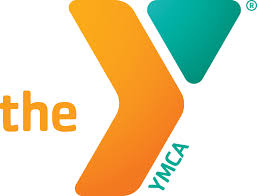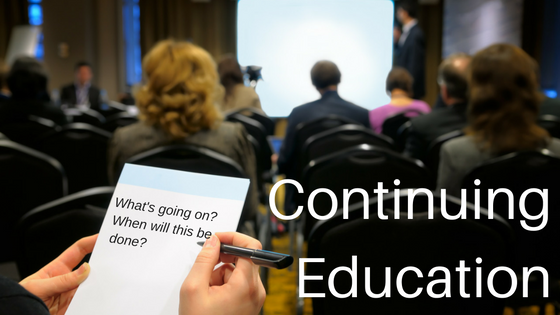‘Tis the season for high school and college commencement ceremonies. I had the pleasure of attending my daughter’s commencement at Butler University last month. It was a joyful and sad time. These events remind us of the passage of time but also fill us with the promise of things to come. And, it got me thinking about the purpose of education in general.
We send our children to school to learn and grow. There are many things we expect them to learn in addition to reading, writing, history, mathematics, and science. We want them to learn to work and live among all kinds of people. We want to learn respect for their teachers, each other, and the world around them. When they achieve, we celebrate. When they fail, we encourage them to pick themselves up and try again. At some point, children have learned the basics (and then some), and we launch them into the next phase of their lives. This doesn’t mean that they stop learning, even if they don’t move on to a college or university course of study.
Indeed, we all need to continue to learn. The word “commencement” signifies the beginning of a new kind of learning. For some, this means an advanced level of formal education. For others, the learning may be on-the-job training. But the learning never stops–or shouldn’t stop just because a person “graduates” from school.
When employees and associates in my company complain about having to learn something new, I cringe. I wish more people were happy at the prospect of engaging their brains to learn a better way to do their job or essential information to pass on to clients, for example. I recognize, however, that not all people have the desire to continue to learn as they grow older. Some are happy when things stay the same. Some find learning difficult for many reasons. How do you engage such people in learning for their jobs or professions?
Continuing education can be a matter of complying with a licensing regulation. It’s challenging to bring to that kind of a class the material that will spark interest and engagement, but I always work toward that end. Just because it’s labeled “continuing education” doesn’t mean it has to be dull and boring.
My job is also a sales job. I need to express the benefits of the training I offer to get people to buy in to the idea that they need to be there. If I don’t have a good notion of what it is I want people to be able to do when they leave my class, workshop, or online session, then I can’t “sell” it to the participants. So, I start with why: Why is this important for participants to know or do? Then, I proceed to the benefits to the participant. Finally, I focus on the “how”: The techniques, the materials, and the mode of training needed to help learning happen.
“Commencement” happens every day in my world. I am regularly launching people into new and unknown (to them) territory by providing relevant and interesting learning opportunities.
















